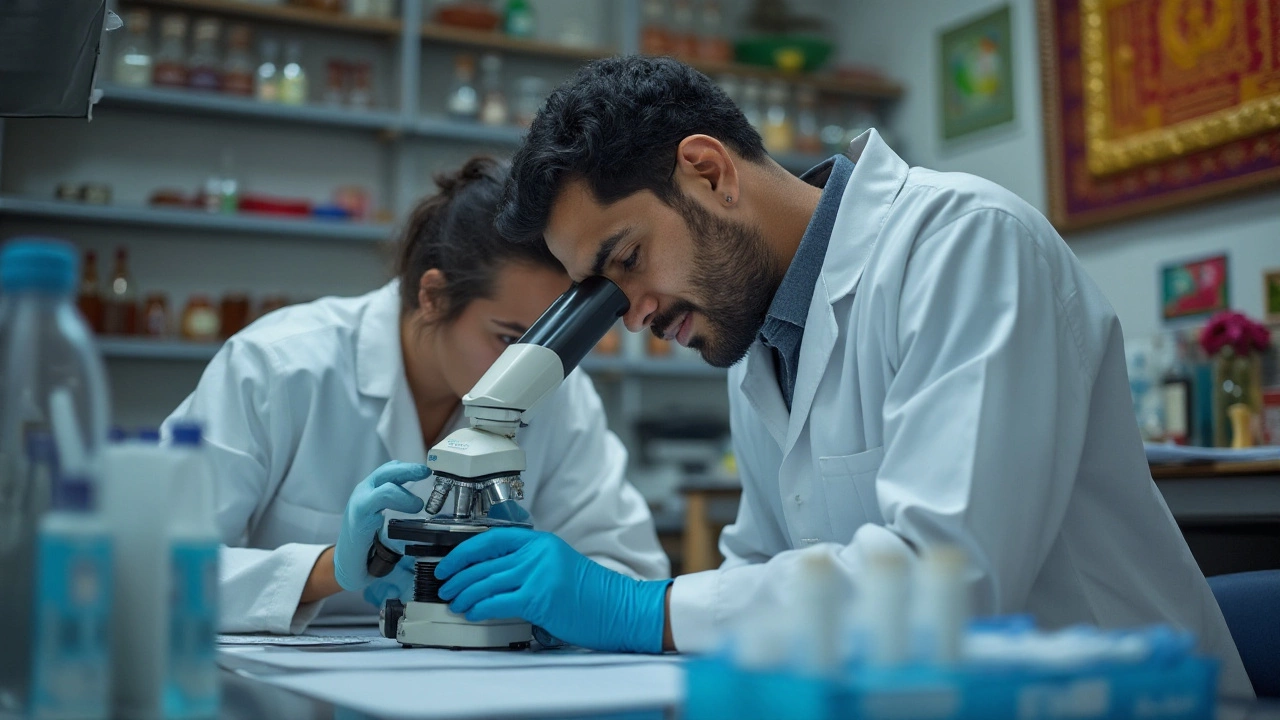Hardest to Cure: What Makes a Condition Truly Tough?
When you hear "hardest to cure," you probably picture a disease that keeps coming back or a surgery that takes months to heal. It’s not just about the medical jargon – it’s about how the body, the treatment, and the environment clash together. In this guide we break down why some conditions feel unbeatable and what you can actually do about them.
First off, the hardest things to cure usually involve three things: a complex problem inside the body, limited treatment options, and a long recovery road. Think of a heart valve that fails repeatedly, a bone that never fully heals, or a cancer that resists standard chemo. Each of these examples pushes doctors to the edge and leaves patients looking for realistic ways to cope.
Why Some Surgeries Are the Hardest to Recover From
Take the most challenging cardiothoracic surgeries – these are often listed as the hardest because they involve the heart, lungs, and major blood vessels all at once. A surgery like aortic root replacement can take many hours on the table, and the recovery can stretch over months. The key factors are the size of the incision, the need for a heart‑lung machine, and the delicate balance of blood flow after the operation.
Another tough case is the surgery with the longest recovery time, such as major spinal reconstructions or multi‑organ transplants. Patients often face weeks of intensive physiotherapy, strict medication schedules, and constant monitoring for infections. Knowing this, many surgeons now use minimally invasive techniques where possible, but the core challenge – rebuilding and healing complex tissue – remains.
Even something as simple‑sounding as a knee replacement can become a nightmare if the patient develops constipation after the operation. A clogged gut slows down overall healing, making it harder to get back on your feet. Simple steps like staying hydrated, moving early, and using gentle stool softeners can shave days off the recovery timeline.
Conditions That Defy Simple Fixes
Some diseases are stubborn by nature. The hyoid bone, for example, is a tiny bone in the throat that rarely heals after injury. Because it doesn’t have a strong blood supply, any fracture can linger and cause chronic pain. Doctors often resort to surgical fixation, but even then, full recovery can take months.
Cancer remains a classic "hardest to cure" label. New treatment combos like immunotherapy and targeted therapy have improved survival, yet tumors can develop resistance quickly. Knowing the exact type of cancer, its genetic profile, and the best mix of treatments is essential. That’s why multidisciplinary teams – surgeons, oncologists, radiologists – work together to craft a plan that tackles the disease from all angles.
Heart disease also fits the bill. Open‑heart surgery survival rates have risen, but age still matters. Older patients often face higher risks, and surgeons must weigh the benefits of the operation against the potential for complications. Understanding your own health metrics – blood pressure, cholesterol, fitness level – can help you decide if surgery is the right move.
So, what can you do if you’re dealing with a condition that feels impossible to beat? Start with early detection, follow your doctor’s post‑procedure advice to the letter, and don’t shy away from asking for a second opinion. Small lifestyle tweaks – quitting smoking, eating more vegetables, staying active – can boost your body’s ability to heal when the odds are stacked against you.
Remember, “hardest to cure” doesn’t mean “hopeless.” It just means you need a smarter plan, extra support, and patience to see it through.





